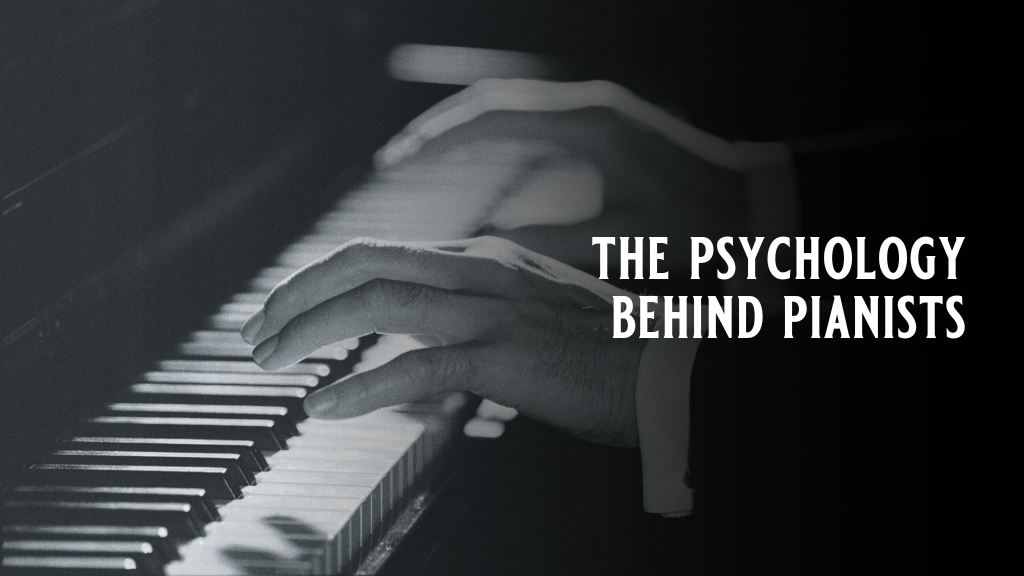The Psychology Behind Pianists
A Pianist's Brain: A Choreographed Ballet of Neurons
The intricate art of piano playing is not just a physical endeavor but also a remarkable psychological phenomenon. Understanding how pianists manage to track and control ten fingers independently, creating harmonious and complex melodies, involves delving into the realms of cognitive and neural sciences. The psychological and neurological aspects of a pianist's brain reveal a tapestry of complexity and brilliance, sculpted by years of musical training.
Anatomical and Functional Brain Differences in Musicians
Musicians, particularly pianists, exhibit significant anatomical differences in their brains. Studies have shown that long-term musical training influences both the structure and function of the brain. Musicians possess enhanced abilities in the neural encoding of sound, cognitive processing, and perceptual skills related to their musical training. Neuroscientists have discovered multiple ways in which musical training optimizes the function and connectivity of different brain regions, enhancing the overall brain activity.
Complex Information Processing During Performance
When pianists perform, their brains process a vast array of information in parallel. This processing includes reading music, planning the piece, searching for the right keys, coordinating finger and foot movements, and controlling the intensity of the sound. This multitasking ability is a testament to the pianist's cognitive flexibility and neural efficiency. The ability to play by ear or sight-read music suggests that different pianists may employ varied cognitive strategies, yet share common underlying neural processes.
Sensory-Motor Integration and Control
Piano playing is a perfect example of intricate sensory-motor integration. Motor control in music involves precise timing, sequencing, and spatial organization, engaging brain areas like the premotor and supplementary motor cortices, the cerebellum, and the basal ganglia. These areas contribute differently depending on the musical task at hand. The auditory processing pathways, which include dorsal and ventral streams, are essential for auditory-guided actions, such as playing the piano. These streams project to parietal and premotor cortices, vital for processing auditory inputs during performance.
Interactions Between Auditory and Motor Systems
The relationship between motor and auditory systems in a pianist's brain is dynamic, involving both feedforward and feedback mechanisms. This interaction is akin to 'hearing-doing' systems, similar to the mirror-neuron system, highlighting the interconnectedness of perception and action in music creation. Neuroimaging studies have shown that the auditory and motor systems are often co-activated during both music perception and performance. Listening to music can activate the motor system, while performing without auditory feedback still engages the auditory systems. This co-activation underlines the integrated and predictive nature of brain functions in pianists.
Creating Musical Predictions and Expectancies
The neural circuitry mediating sensory-motor interactions in pianists is not just about executing known sequences but also about creating predictions and expectancies. This aspect is crucial for both the intellectual and emotional appeal of music. The pianist's brain is continuously predicting the next note, the next rhythm, and the emotional tone, making piano playing a highly anticipatory and expressive act.
Truly Something Amazing
The psychological brilliance of a pianist lies in their ability to seamlessly integrate cognitive, perceptual, and motor skills. This integration is facilitated by specific anatomical and functional adaptations in the brain, developed through years of musical training. The pianist's brain exemplifies the extraordinary capacity of the human mind to process, integrate, and interpret complex sensory and motor information, translating it into the beautiful language of music.
Want to see this marvelous feat in action? See Austin Giorgio perform his original, "She's An Actor" on YouTube.




